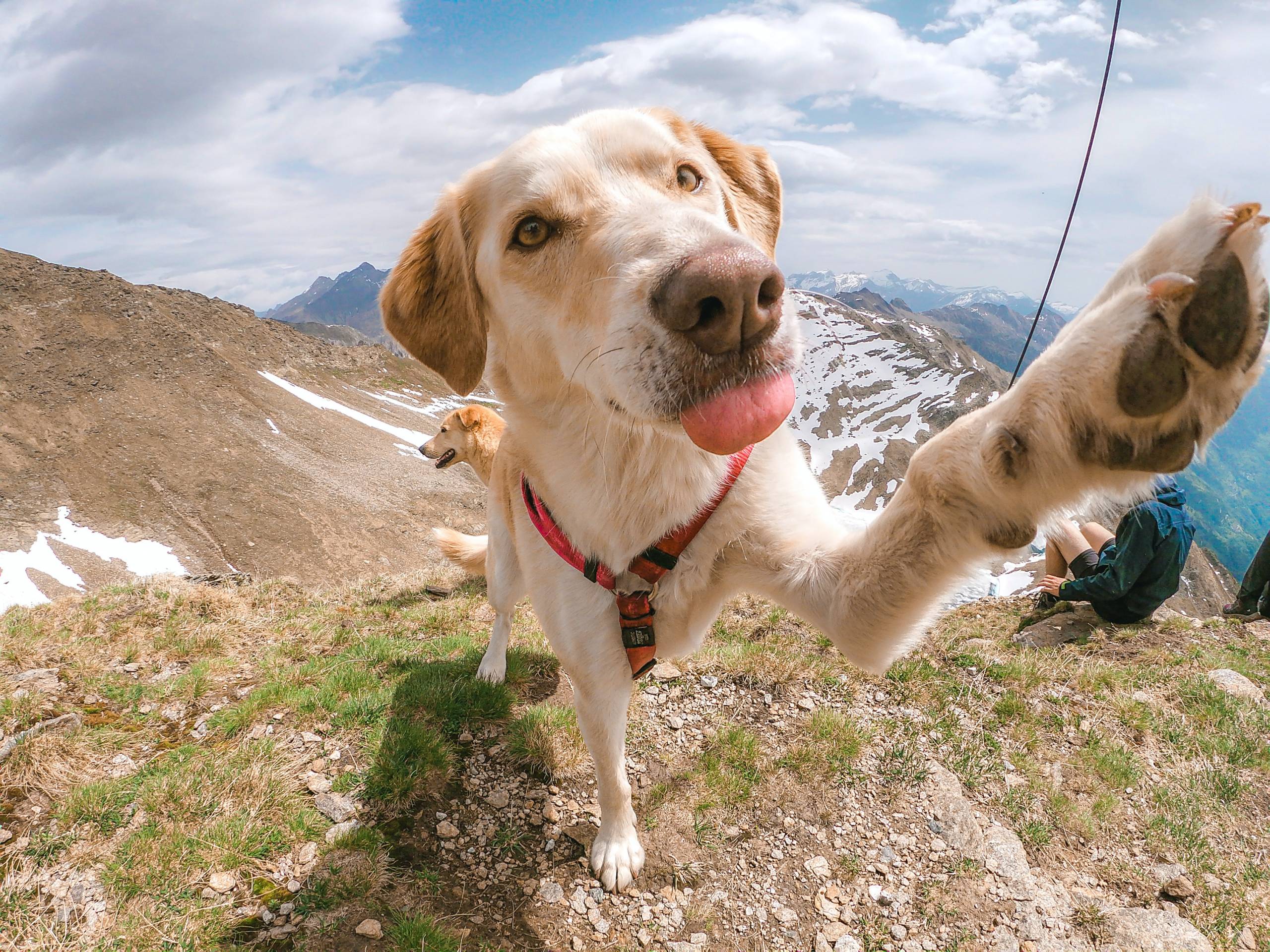
The Cost of Flying a Dog
When it comes to flying a dog, the cost can vary significantly based on several factors. One of the primary considerations is the airline you choose. Different airlines have varying pet travel policies and associated fees. For example, some airlines allow small dogs to travel in the cabin with their owners, while others require pets to travel in the cargo hold. The size and weight of your dog also play a role in determining the cost, as larger dogs may incur higher fees, especially if they need to travel in the cargo area.
Another cost to consider is the travel crate or carrier for your dog. Airlines often have specific requirements for pet crates, including size, materials, and features. Purchasing an airline-approved crate that meets these specifications is an additional expense to consider when planning to fly with your dog.
Additional Considerations and Costs
In addition to the basic expenses of flying a dog, there are other factors to take into account. If your dog requires any special accommodations or services, such as assistance with mobility or specific health needs, there may be additional fees associated with these requirements. It’s essential to communicate with the airline in advance to ensure that your dog’s needs are accommodated and to understand any extra costs involved.
Furthermore, it’s crucial to consider the potential stress and discomfort that flying can cause for your dog. While many dogs handle air travel well, some may experience anxiety or other issues during the journey. Taking steps to ensure your dog’s comfort and well-being during the flight may involve additional costs, such as sedation or specialized handling services.
Planning for a Safe and Comfortable Journey
When preparing to fly with your dog, it’s important to prioritize their safety and comfort above all else. This means taking the time to research airlines thoroughly, understanding their pet travel policies, and choosing the option that best suits your dog’s needs. Additionally, you should factor in the potential costs of any additional services or accommodations required to ensure your dog’s well-being throughout the journey.
Before booking your flight, consult with your veterinarian to determine if your dog is fit for air travel and to discuss any specific health considerations. Your vet can provide valuable guidance on preparing your dog for the flight and may recommend certain precautions or measures to take to minimize any potential stress or discomfort.
Flying with your dog can be a rewarding experience, allowing you to share adventures and create lasting memories together. However, it’s crucial to approach pet travel with careful planning and consideration, particularly when it comes to understanding the costs involved. By researching airline policies, considering your dog’s individual needs, and prioritizing their well-being, you can ensure a safe and comfortable journey for your furry companion. While the expenses of flying a dog can add up, the joy of having your loyal friend by your side as you explore new destinations is often priceless.[/fusion_text]



